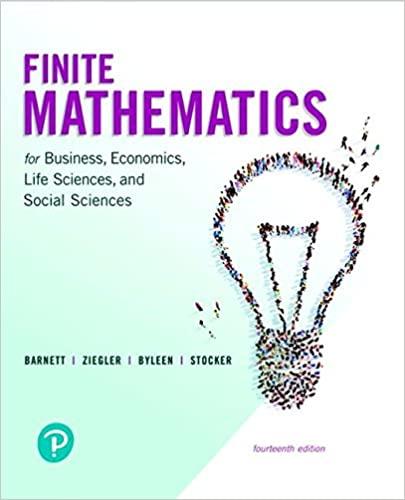Answered step by step
Verified Expert Solution
Question
00
1 Approved Answer
Probability 2. Flip a coin twice Experiment: Flip a coin twice Outcomes: HH, HT, TH, TT Sample space: {HH, HT, TH, TT} Event: Both head
Probability



Step by Step Solution
There are 3 Steps involved in it
Step: 1

Get Instant Access with AI-Powered Solutions
See step-by-step solutions with expert insights and AI powered tools for academic success
Step: 2

Step: 3

Ace Your Homework with AI
Get the answers you need in no time with our AI-driven, step-by-step assistance
Get Started


